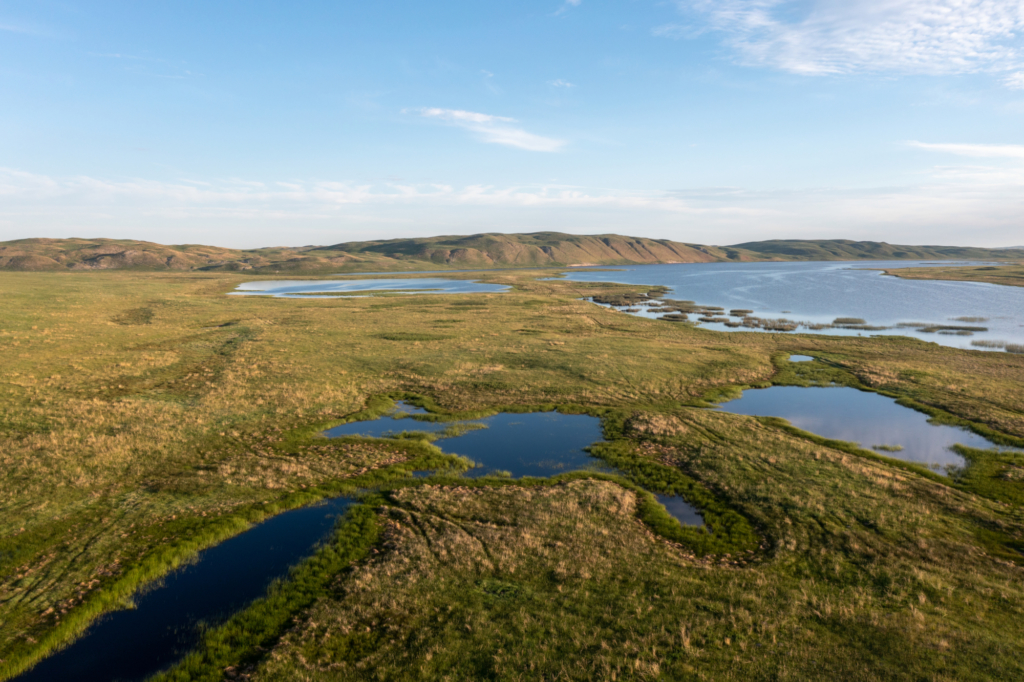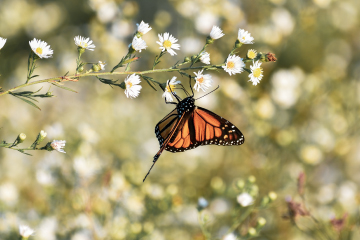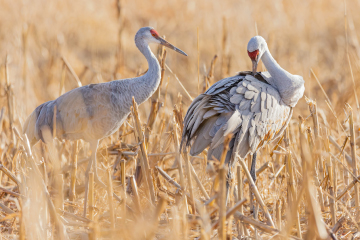
The Wetlands of Nebraska Outreach and Education project released a series of integrated outreach and education products. The products include feature films, ESRI StoryMaps, educators guides, and other educational materials. They were designed to provide up-to-date information about Nebraska’s wetlands, align with statewide education standards, and deliver information in a format that is favorable to today’s audiences. They were designed to provide up-to-date information about Nebraska’s wetlands, align with statewide education standards, and deliver information in a format that is favorable to today’s audiences. This project was led by the Nebraska Game and Parks Commission, and was funded primarily by a grant from the U.S. Environmental Protection Agency (EPA). Partners including the Platte Basin Timeplase (PBT) group at the University of Nebraska-Lincoln (UNL), the Nebraska Cooperative Fish and Wildlife Research Unit, and Ducks Unlimited.



